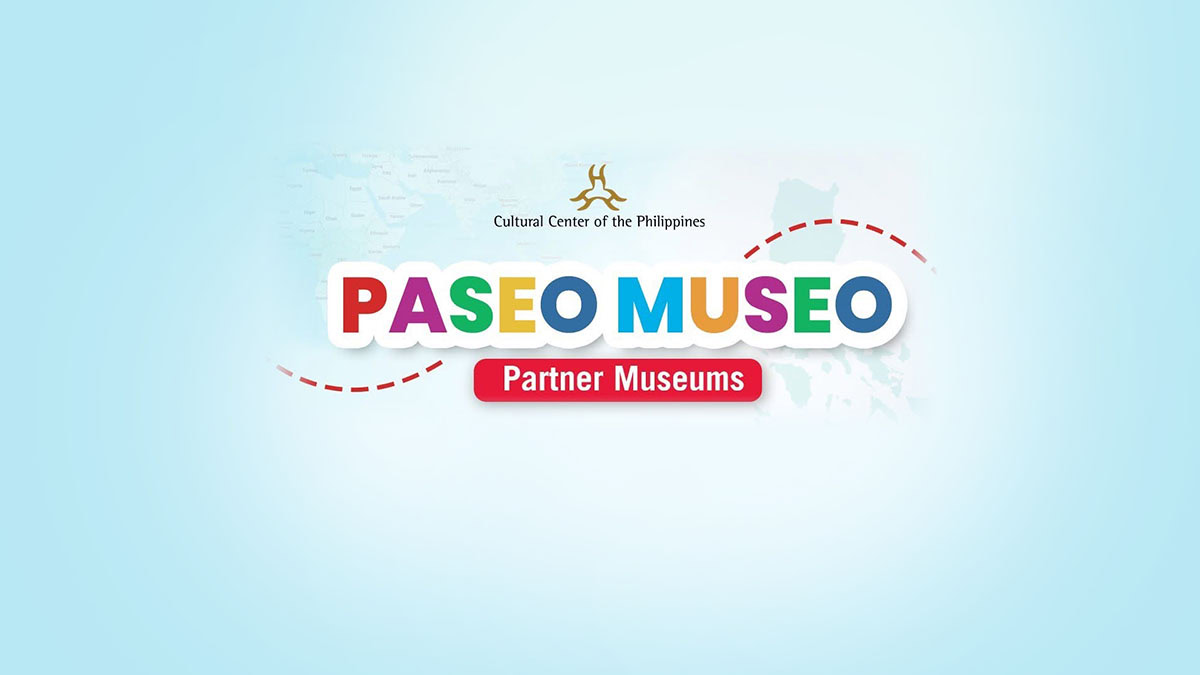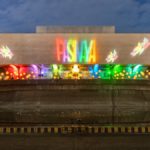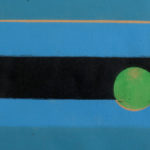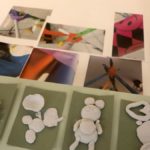Celebrate the National Arts Month with CCP Pasinaya 2025 Open House Festival: Para sa Lahat and visit as many as 20 museums and galleries as you can through its hop-on, hop-off museum tour around Manila and Pasay cities
On February 1 and 2, pay-what-you-can, and visit-all-you-can with Paseo Museo, one of the well-loved components of CCP Pasinaya. Take the free CCP shuttle in the Paseo Museo terminal, located along Vicente Sotto Street and explore these 20 museums and galleries:
- ADAMSON UNIVERSITY GALLERY – serves as a hub for art and photography exhibits, featuring works from both established and emerging artists since its inauguration in 2005. It also functions as a holding area for distinguished guests of the theater, further enhancing its role as a cultural and artistic venue.
- ASIAN INSTITUTE OF MARITIME HISTORY (MUSEO MARITIMO) – established in 2012 to promote and safeguard the Philippines’ maritime heritage, the museum proudly presents a curated collection of artifacts and exhibits that weave together the intricate narrative of the nation’s maritime legacy.
- BAHAY TSINOY – the premier cultural and lifestyle museum depicting the lives of the Chinese in the Philippines from pre-colonial to contemporary periods. Bahay Tsinoy documents, interprets, and communicates to a diverse audience about the evolution of the Tsinoy or Chinese Filipino, in order to propagate and perpetuate the imprint, impact and influence of the Tsinoy ethnic minority in mainstream Philippine society.
- BALUARTE DE SAN DIEGO – the first stone fort in Manila turned into an archeological park. The garden area – which was once the site of a foundry and soldier’s barracks – is today rented out for private functions. The 16th century stone ruins provide a unique backdrop, while the fountain and pergola complete the perfect setting for special events and occasions.
- CASA MANILA – a living museum that features the lifestyle of an affluent Filipino family during the late Spanish colonial period. The interior decor of the house reflects the turn of the late 19th century where furniture and furnishings were sourced from Europe and China. Painted walls, crystal chandeliers, carved traceries, Chinese ceramics and gilded furniture show the elegance and luxury of a 19th century Manila house.
- CENTRO DE TURISMO – offers an immersive experience into the rich history, vibrant present, and sustainable future of Intramuros. Exhibits and historical artifacts will take visitors on a journey through the Walled City’s pre-colonial roots, its role as a Spanish colonial center, the devastation of World War II, its ongoing revitalization, and its future development.
- MUSEO DE INTRAMUROS – comprises two important reconstructions: the San Ignacio Church and the Mission House of the Society of Jesus. As the name denotes, the complex now houses the vast ecclesiastical collection of the Intramuros Administration.
- FORT SANTIAGO – one of the oldest fortifications in Manila built by the Spaniards in 1571, now standing as a memorial to the victims of World War II and the sacrifices of the Filipino people in pursuit of freedom.
- GALLERIA DUEMILA – established in 1975, Galleria Duemila is known as one of the oldest art galleries in Manila. Galleria Duemila specializes in highlighting Filipino and other ASEAN contemporary artists and other modern masters such as Fernando Amorsolo, Fernando Zobel, Jose Joya, H.R. Ocampo, among others.
- GSIS MUSEO NG SINING – established in 1996, the GSIS Museum showcases their rich art collection of National Artists for Visual Arts such as Fernando Amorsolo’s “History of Philippine Music” mural, as well as exhibitions from new and upcoming Philippine artists.
- MANILA CLOCK TOWER MUSEUM – designed by Architect Antonio Toledo in the 1930s, the iconic clock tower is accessible through Manila City Hall and stands at 100 feet high. Transformed into a museum in 2022, the Manila Clocktower Museum features an immersive and multi-sensory experience about the history of Manila, and also features changing exhibitions in the visual arts, design and fashion.
- METROPOLITAN THEATER (MET) – a historic example of Philippine Art Deco architecture, the Metropolitan Theater (MET) has hosted various performances such as plays, concerts, operas, and musicals since its inauguration in 1931.
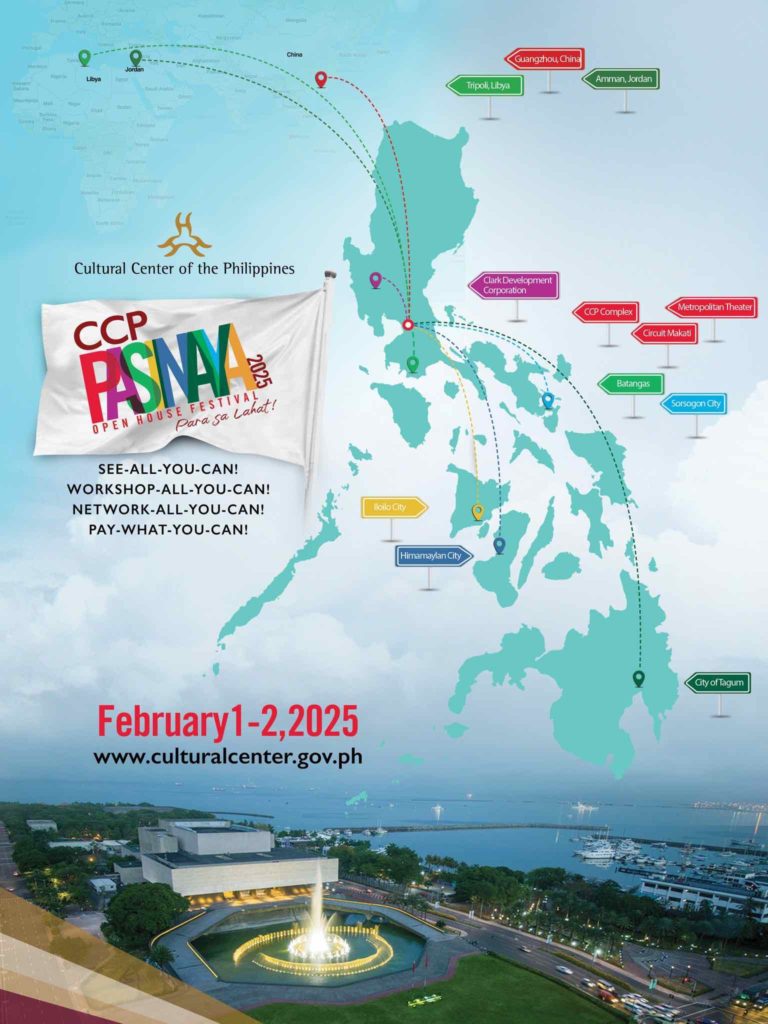
- MUSEO PAMBATA – Museo Pambata is a children’s interactive museum, the first of its kind in the Philippines. It aims to provide an alternative to the formal classroom environment, engaging the minds of the young, inspiring them to learn more, and revitalizing what child education should be – fun and exciting!
- MUSEUM OF CONTEMPORARY ART AND DESIGN (MCAD) – a non-collecting art institution under the De La Salle-College of Saint Benilde that considers the larger ecosystem of the Philippine art scene, the Museum of Contemporary Art and Design (MCAD) Manila presents exhibitions, learning, and publications programs; as well as other cultural and art-inspired undertakings in collaboration with local and international artists and institutions.
- NATIONAL MUSEUM – ANTHROPOLOGY – stages the Philippine ethnographic and terrestrial and underwater archaeological collections narrating the story of the Philippines from the past, as presented through artifacts as evidence of its pre-history.
- NATIONAL MUSEUM – FINE ARTS – home to 29 galleries and hallway exhibitions of 19th century Filipino masters, National Artists, leading modern painters, sculptors, and printmakers. Also on view are art loans from other government institutions, organizations, and individuals.
- NATIONAL MUSEUM – NATURAL HISTORY – houses 12 permanent galleries that exhibit the rich biological and geological diversity of the Philippines. It includes creatively curated displays of botanical, zoological, and geological specimens that represent our unique natural history.
- PWU-SFAD JOSE CONRADO BENITEZ GALLERY – located inside the Philippine Women’s University, the School of Fine Arts and Design Studio Gallery holds numerous exhibitions that showcased works of PWU alumni, students, faculty and organizations. It is designated as a studio gallery by setting itself as a laboratory for academic study, artistic exploration and inquiry.
- BULWAGANG ROBERTO CHABET – while the Tanghalang Pambansa or the CCP Main Building is undergoing renovation until 2026, Bulwagang Roberto Chabet serves as the center’s main exhibition hall and gallery.
- LIWASANG KALIKASAN – home to various public art installations and the CCP bamboo pavilion, where the unique architectural elements offer an unconventional space for special events like the light, sound, and projection presentation in CCP’s ‘Dagitab Digital’.
This year, the CCP continues to bring events like the Pasinaya Open House Festival, the Cinemalaya Philippine Independent Film Festival, and the Virgin Labfest to even broader audiences this year. Through these programs, the Center remains a home to Filipino and global audiences who hope to experience the very best of Filipino arts and culture.
CCP Pasinaya’s Paseo Museo tours start at 9am, with the last trip at 4pm on February 1 and 2, 2024. The multi-arts festival is simultaneously held at CCP Complex, Circuit Makati, various partner museums and galleries in Metro Manila, Batangas Province (Batangas), Himamaylan (Negros Occidental), and Sorsogon City (Bicol). It also makes a highly anticipated return to Iloilo City headed by the Iloilo Museum of Contemporary Art (ILOMOCA) and Tagum City (Davao del Norte) with the Musikahan sa Tagum Foundation, Inc. This is in partnership with the networks of the CCP Kaisa sa Sining.
Click here for more stories like “20 Museums and Galleries”. You may also follow and subscribe to our social media accounts: Facebook, YouTube, Instagram, TikTok, X, and Kumu.


